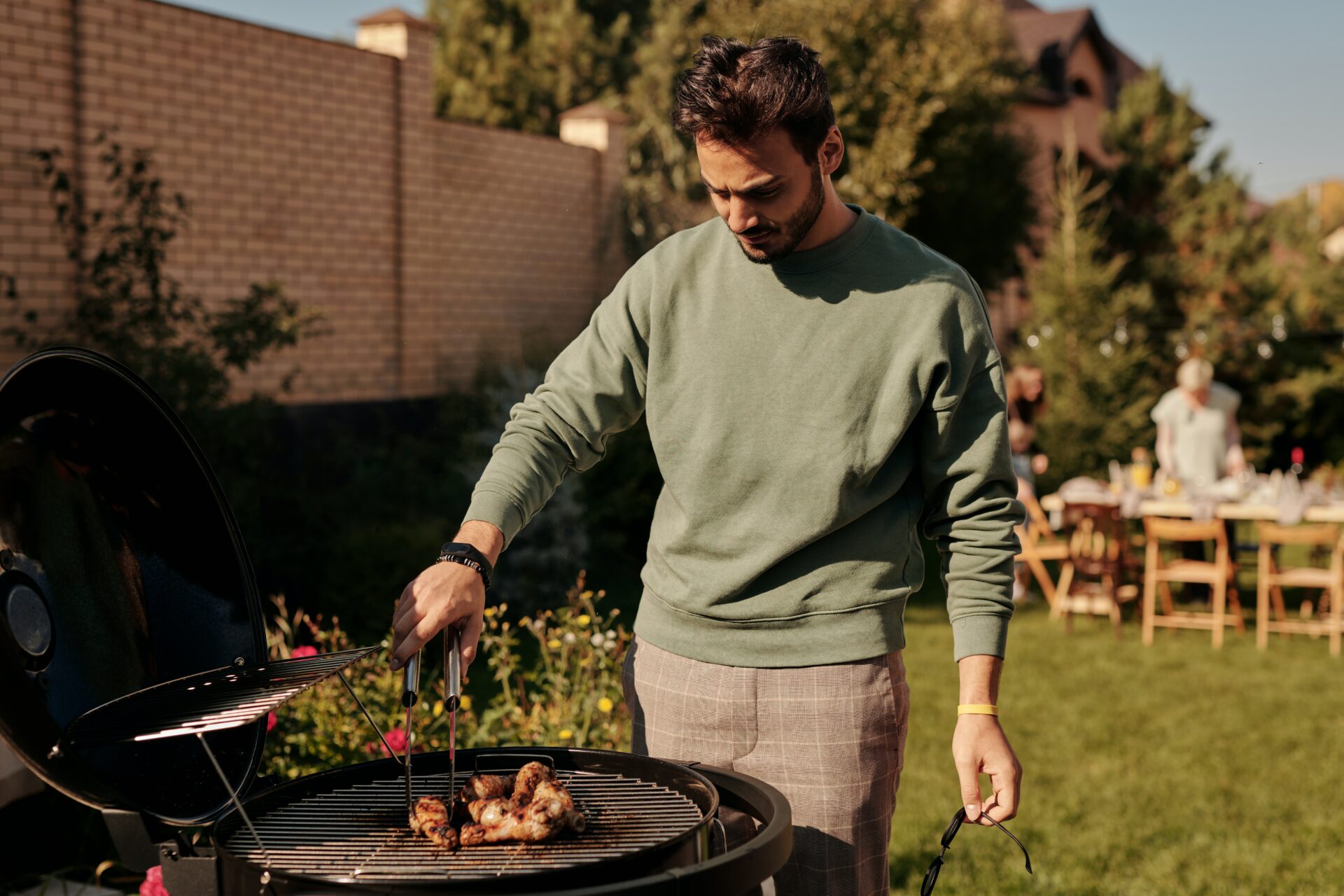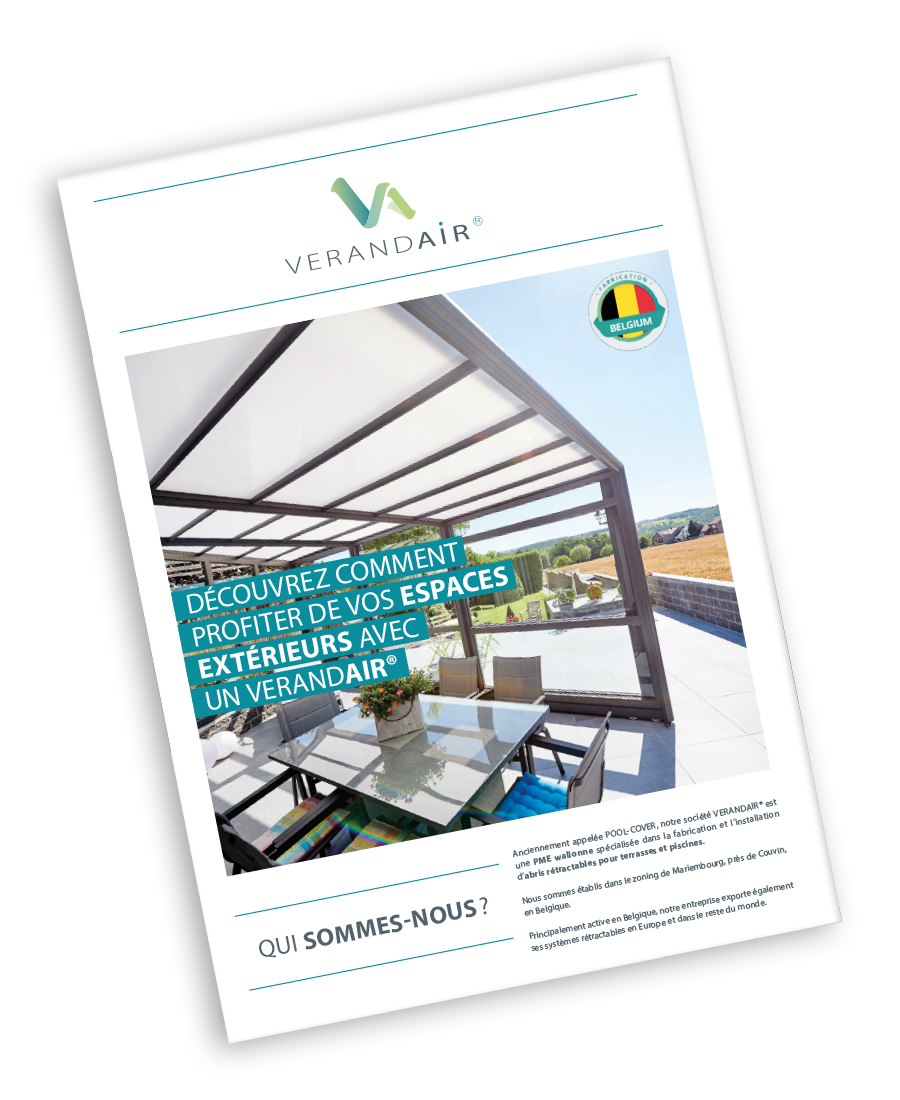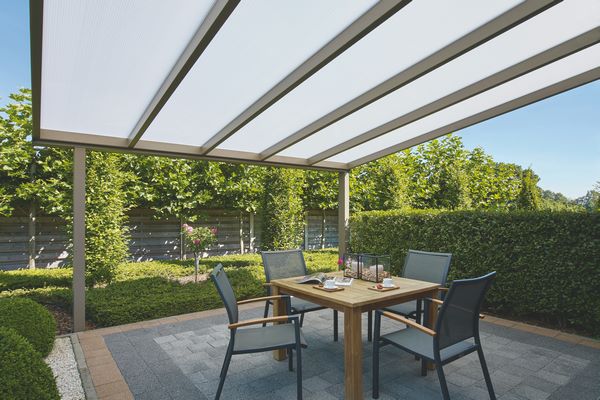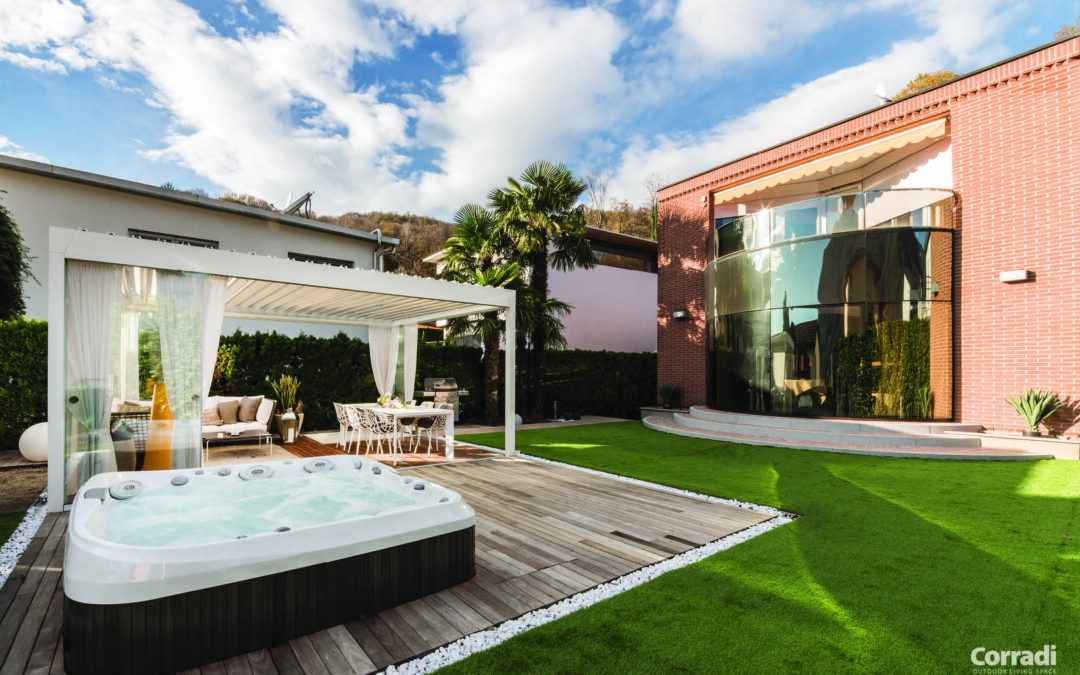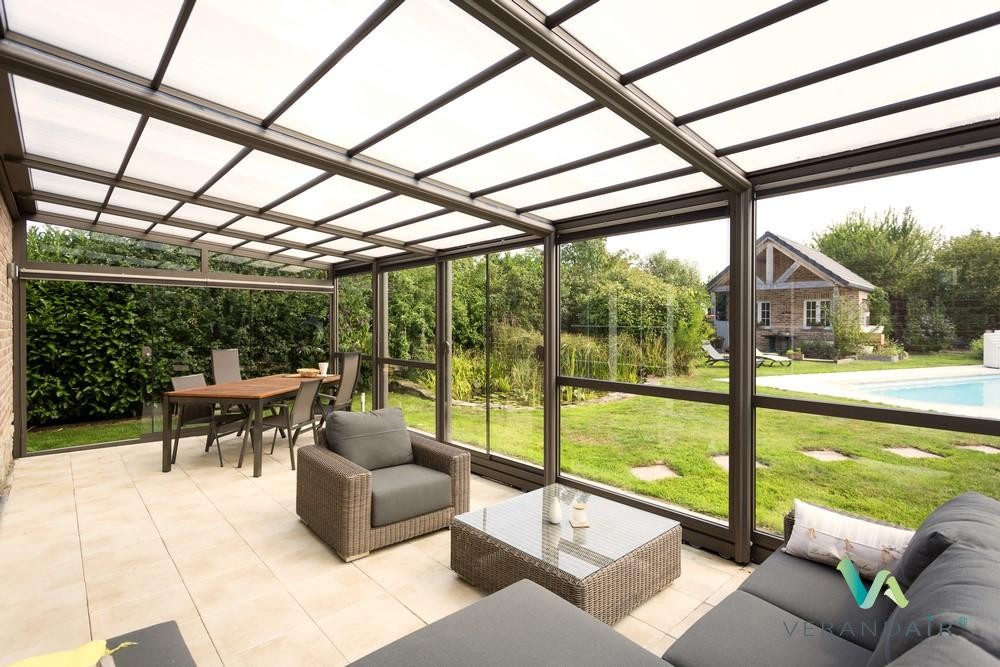What could be nicer than bringing out the barbecue in the summertime? It’s an opportunity to prepare dishes that are as convivial as they are tasty. But sometimes the weather can be fickle and put your grilling plans on hold. A pergola in the garden or on your terrace is a very practical way of avoiding this inconvenience.
Why install a barbecue under a pergola?
This installation is the perfect complement to make barbecuing even more enjoyable. Let’s take a look at the advantages.
Enjoy an outdoor kitchen
Placed above the barbecue, the pergola lets you create a real outdoor kitchen. You can lean it against the house like an arbour or awning for easier access to the grilling area. The aluminum or wooden structure of the pergola provides shelter from the elements, such as rain or wind. So you can barbecue in almost any weather.
In summer, pergolas provide shade and make it easier to bear the heat. In mid-season, if equipped with a waterproof canvas or tarpaulin, they enable you to cook in the dry. Placed between its posts, the barbecue stands out and blends in perfectly with your garden.
Offer protection between uses
A barbecue, especially a large one, can be complicated to move and store between uses. You’ll then have to cover it with an unsightly waterproof tarpaulin, or move it to a sheltered location. With a
pergola
you can leave your unit in place between uses. It will be relatively protected from the elements, especially if your pergola has a fixed or bioclimatic roof and glass walls. Even more so if it backs onto your home.
Entertain while enjoying the garden
The structure of the pergola allows you to create a space for entertaining all your friends and family . It’s the perfect solution if your home is too small to accommodate everyone. Thanks to its roof and sliding glass walls, the pergola provides shelter for everyone, while allowing you to admire the garden. Next to the barbecue, you can install an outdoor lounge to make the most of the long summer evenings on your terrace.
Unlike a classic arbour, a pergola is much more modern. In fact, the materials used go perfectly with any home. Your guests will be blown away by your new installation!
Choosing the right pergola
You can choose from several types of pergolas to protect your unit: fixed, bioclimatic, with canvas, steel, wood, aluminum, etc. Let’s take a look at the different criteria to consider when making your choice.
The different types
There are two different types of pergolas: those with fixed roofs and those with bioclimatic roofs.
The former have glass or translucent polycarbonate roofs. This allows light to pass through pleasantly. They can be upgraded to include blinds, curtains or glass side panels to create an enclosure.
In contrast, bioclimatic pergolas feature a roof with adjustable slats. Their degree of opening can be controlled by remote control. Very aesthetic and modern, they nevertheless have the disadvantage of creating a lot of shade.
Attached or detached to your home
You can install a pergola in your garden or on your terrace. In the first case, four posts are set into a reinforced concrete base to support the structure. In the second case, only two posts are needed to guarantee the pergola’s solidity.
To choose between these two options, you need to ask yourself several questions:
- Is your land on a slope? If so, a structure leaning against your terrace is recommended;
- What surface area do you have?
- What do you need? Entertain friends – protect your barbecue – create a shady reading corner?
The materials
You generally have a choice of wood, steel, aluminum or pvc structures, unlike arbors and awnings, which are generally made of plastic.
Each has its advantages and disadvantages:
- Wood brings a warm look to
pergola
. The natural look of these posts makes them ideal for gardens and terraces. On the other hand, it requires regular use of a maintenance product. - Steel is strong and durable. It is mainly used for fixed arbors. It is often accompanied by a waterproof canvas or tarpaulin as a roof.
- Aluminum is both light and strong. It brings a contemporary, designer look to homes. It requires no maintenance products. Aluminum pergolas add a modern touch to any home.
- PVC is lightweight and economical. It’s easy to maintain, but not always aesthetically pleasing. It tends to yellow over time. PVC is also sensitive to heat.
Precautions to take before installing a barbecue under a pergola
The dimensions of your pergola must be adapted to those of your barbecue. You must be able to move freely under the structure. We recommend a minimum height of 2.20 m to facilitate smoke evacuation.
You also need to pay attention to the pergola’s roof. With a completely enclosed polycarbonate or canvas roof, it’s harder for smoke to escape. It’s best to select a roof with slats or a tarpaulin that can be removed when you start the barbecue.
The barbecue shelter must be well ventilated. Avoid closed pergolas, or choose sliding glass walls that you leave open during cooking. Do not place the barbecue too close to the PVC structure.
